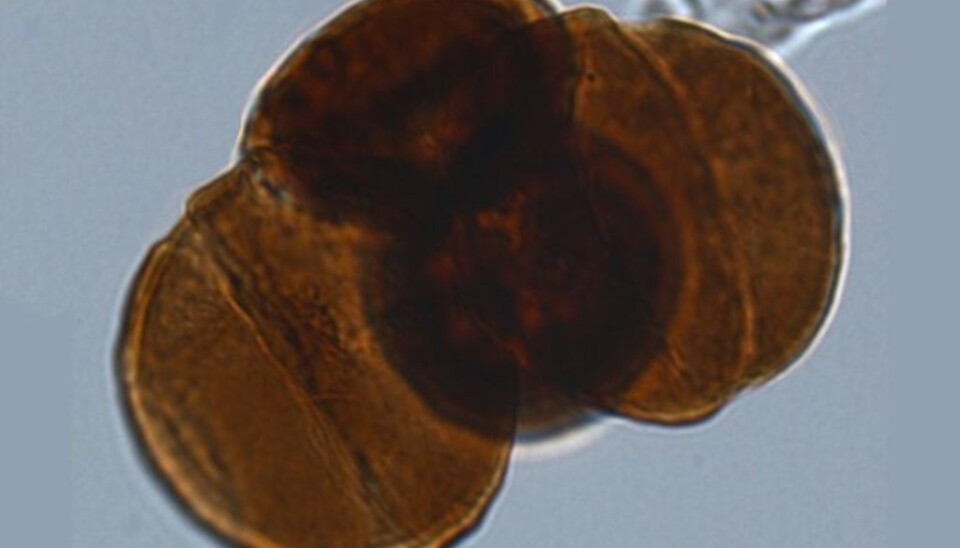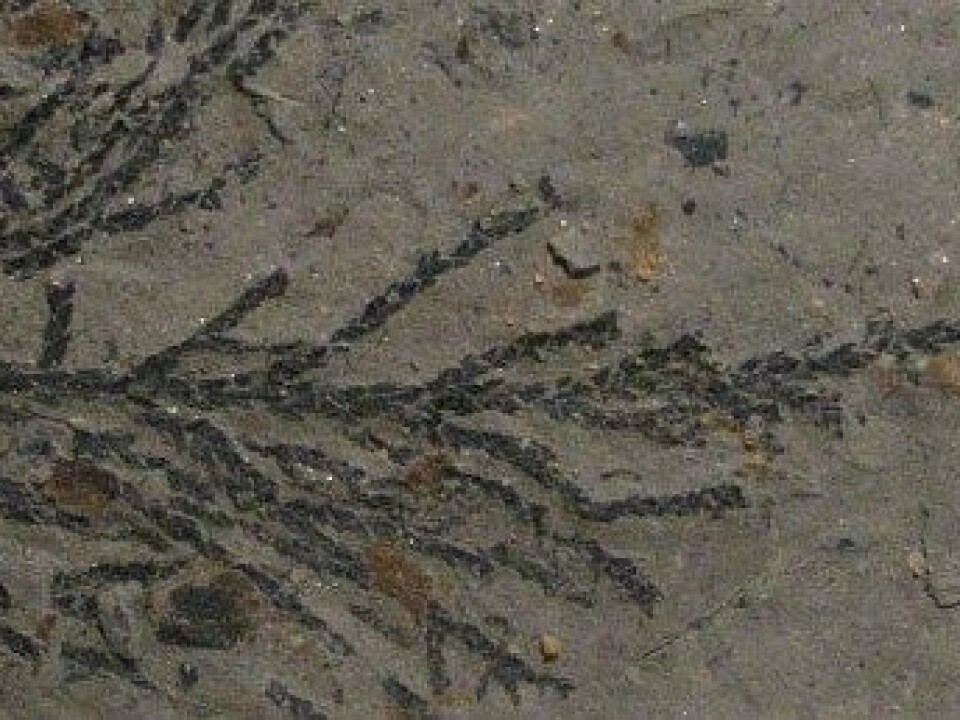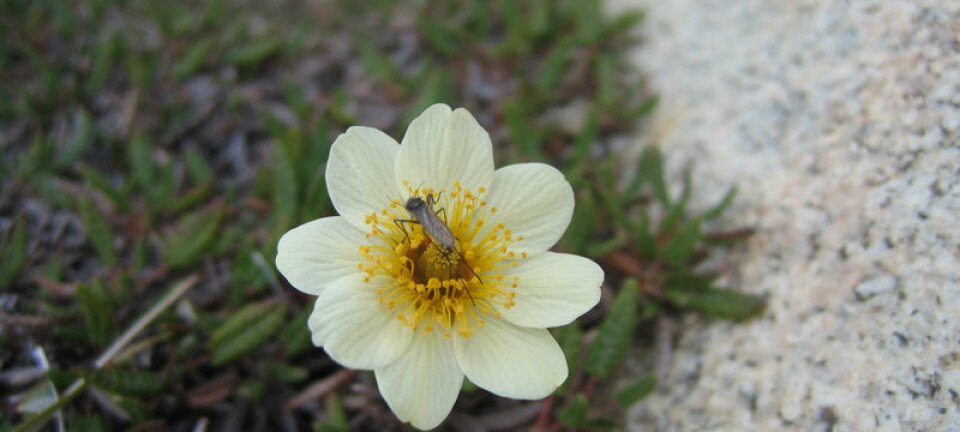
Enduring climate crisis by gene doubling
Ancient grains of pollen show how conifers survived one of the Earth’s greatest mass extinctions.
Denne artikkelen er over ti år gammel og kan inneholde utdatert informasjon.
Plant and animal species are now dying out 1,000 times faster than average. We are experiencing the greatest mass extinction since the disappearance of the dinosaurs.
A new study by Wolfram M. Kürschner of the University of Oslo along with British colleagues documents how an extinct tree species survived extreme climate changes that occurred 200 million years ago.
The study’s findings provide added insight into ways organisms can adapt to environmental change.
The researchers used fossil grains of pollen to investigate mutations which occurred long, long ago.

‟This is a type of paleogenetics which allows us to look back into the days of the dinosaurs,” says Wolfram Kürschner.
Doubled chromosomes
A period occurring about 200 million years ago was marked by catastrophic climate changes triggered by increased volcanism which discharged huge amounts of carbon dioxide into the atmosphere.
The resultant climate changes, known as the Triassic-Jurassic extinction event, led to the demise of about half the species on the planet.
One of the surviving species was a conifer called Cheirolepidaceae − related to the giant redwood trees native to California.

Studies of fossil grains of pollen from this conifer show that the tree created hybrids by doubling its genetic material.
Such hybrids having more than two paired sets of chromosomes are known as polyploids. These can be more resistant to environmental stress than their relatives with only a single pair. This has been reported recently in the magazine Science.
The experiment showed that polyploids can emerge as a response to environmental factors such as changes in temperature, animal grazing patterns, damge, access to water and nutrients. This indicates that polyploidy is a survival strategy used by species in hard times.
Agricultural plants
Most of the crops we humans depend upon are polyploids. The potato, wheat and oats are prime examples. Researchers are eager to find out if such vital plants are as vulnerable to climate changes as plants sporting only one paired set of chromosomes.
If polypoloids are more adaptable they will comprise a larger share of the plants that survive.
‟Plants generally have mechanisms, such as the doubling of their genetic material, for developing new species that are adapted to changes in the environment and climate. The question is, of course, whether anthropogenic climate changes are happening too fast or are too extreme for organisms to have time to adapt, and thus are doomed to extinction,” says Küschner.
--------------------------
Read the Norwegian version of this article at forskning.no
Translated by: Glenn Ostling

































